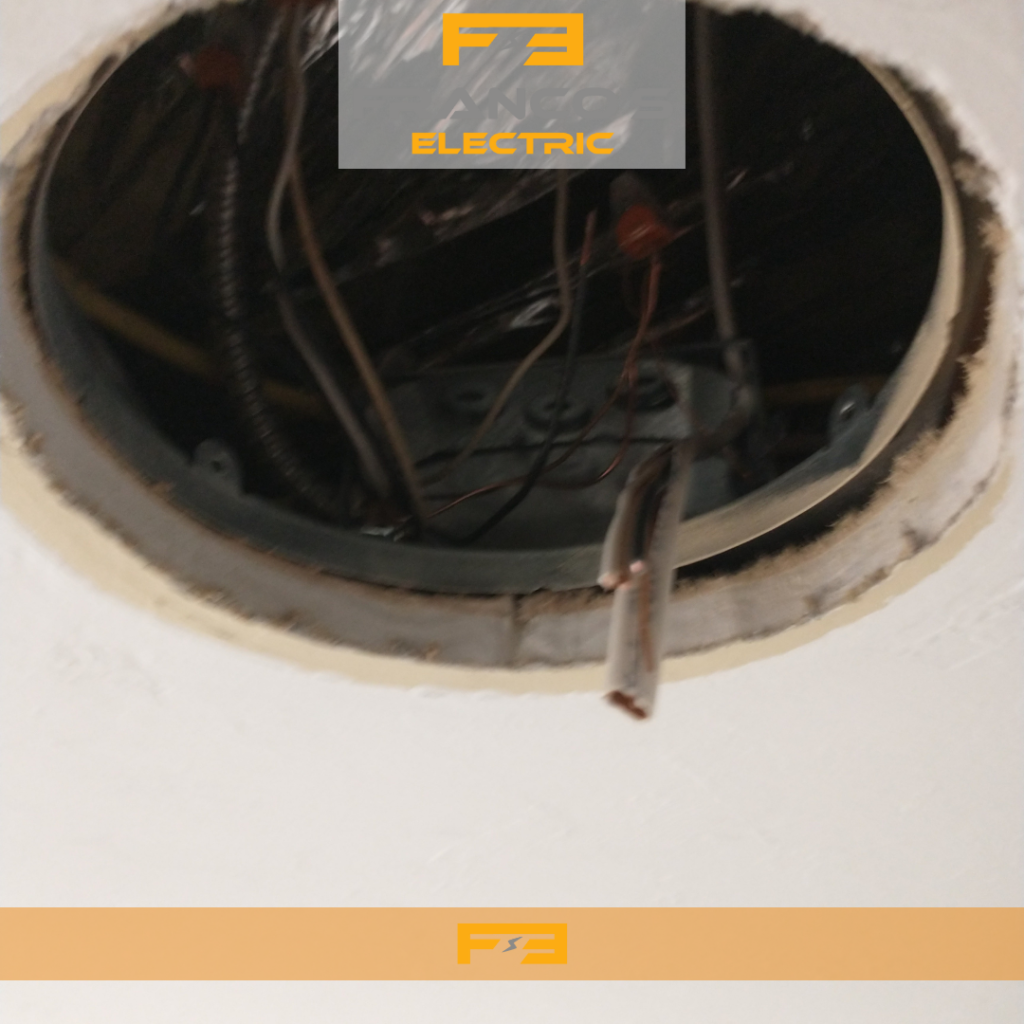Usually, if your smoke detector is chirping, the batteries have gone bad. The chirping is a built-in
warning system to let you know to change out the batteries. Although this is most often the
cause, there can be other reasons for an incessant chirp.
All homes typically have one of two smoke alarm types: battery-powered or hardwired. The difference between the two systems isn’t whether it is battery powered, as the names might
imply, but rather if the sensors throughout your home (as you need more than one) are
interconnected through hard wiring or not. Even if you have hardwired alarms, it’s likely that
each unit requires batteries as a contingency for power outages.
There are several reasons that your fire alarm will chirp from time to time. The most common
reasons are:
● Battery isn’t properly installed: If your battery is only partially in, the terminals might
not be connected properly, causing chirping.
● Battery pull tab hasn’t been removed: Even with a hardwired alarm system, you’ll need
to remove the battery pull tab, allowing your device to use the batteries as backup in
case of a power outage.
● Battery drawer isn’t closed: If you don’t fully close the battery drawer after installing or
replacing a battery, your alarm will chirp to get your attention.
● Low battery: The most common cause is low battery. The chirp just means that you need
to put in a new battery.
Regardless of what the actual source of the chirping is, there are a few main steps to take to
identify and replace your battery:
- Locate the alarm that is chirping: Although some apartments and small homes will have
only one or two alarms, larger homes are required to have multiple alarms and you’ll
want to make sure you address the source of the issue. - Access the battery drawer: Due to the wiring harness and confusing connections, it is
not recommended to remove the alarm completely, but just that battery. If you can
maneuver the alarm enough to fully access the battery drawer, that should be enough to
switch out the battery. - Open the battery drawer and remove the battery: By fully removing the battery, you
will be able to check for the pull tab to confirm it has been removed. - Reinstall the current battery: Try putting the current battery back in while confirming
that it is in properly with all the terminals connecting. After the battery is back in, wait a
little bit to see if chirping resumes before putting your alarm back in its bracket. If the
chirping has stopped, the battery was probably loose or the drawer wasn’t fully closed. - Replace the battery: If the chirping continues, it’s time to replace the battery. Upon
replacing, make sure that you close the drawer completely and that the battery is
installed securely. We recommend that you schedule a battery replacement for your
detectors annually. In addition, manufacturers recommend a complete replacement of
all your detectors after ten years.
With a hardwired system, it’s important to realize that you probably have battery backups
located inside your alarms and you’ll need to replace them from time to time. Unlike
unconnected alarms, you can’t just pull them down and replace the batteries. You’ll have to
maneuver the unit to access the battery.
However, if your hardwired smoke alarm doesn’t have a battery backup, there are other steps
that should be taken: - Take the individual chirping unit down: After shutting off the circuit breaker, take the
individual unit down, remove the battery backup (if it has one), then hold the test
button down for 15 seconds. This should reset your alarm and stop the chirping. Keep in
mind that different brands may have different reset methods, so it’s best to refer to the manufacturer’s recommendations for resetting your specific alarm unit. - Clean out the unit: Dust and other household debris can get into your alarm units and
cause issues with their delicate sensors. Use canned air or a small brush to clean out the
smoke alarms. - Replace your unit: If you’ve tried replacing batteries, resetting, and cleaning out your
unit and there is still a chirp, you might need to replace the smoke alarm.


